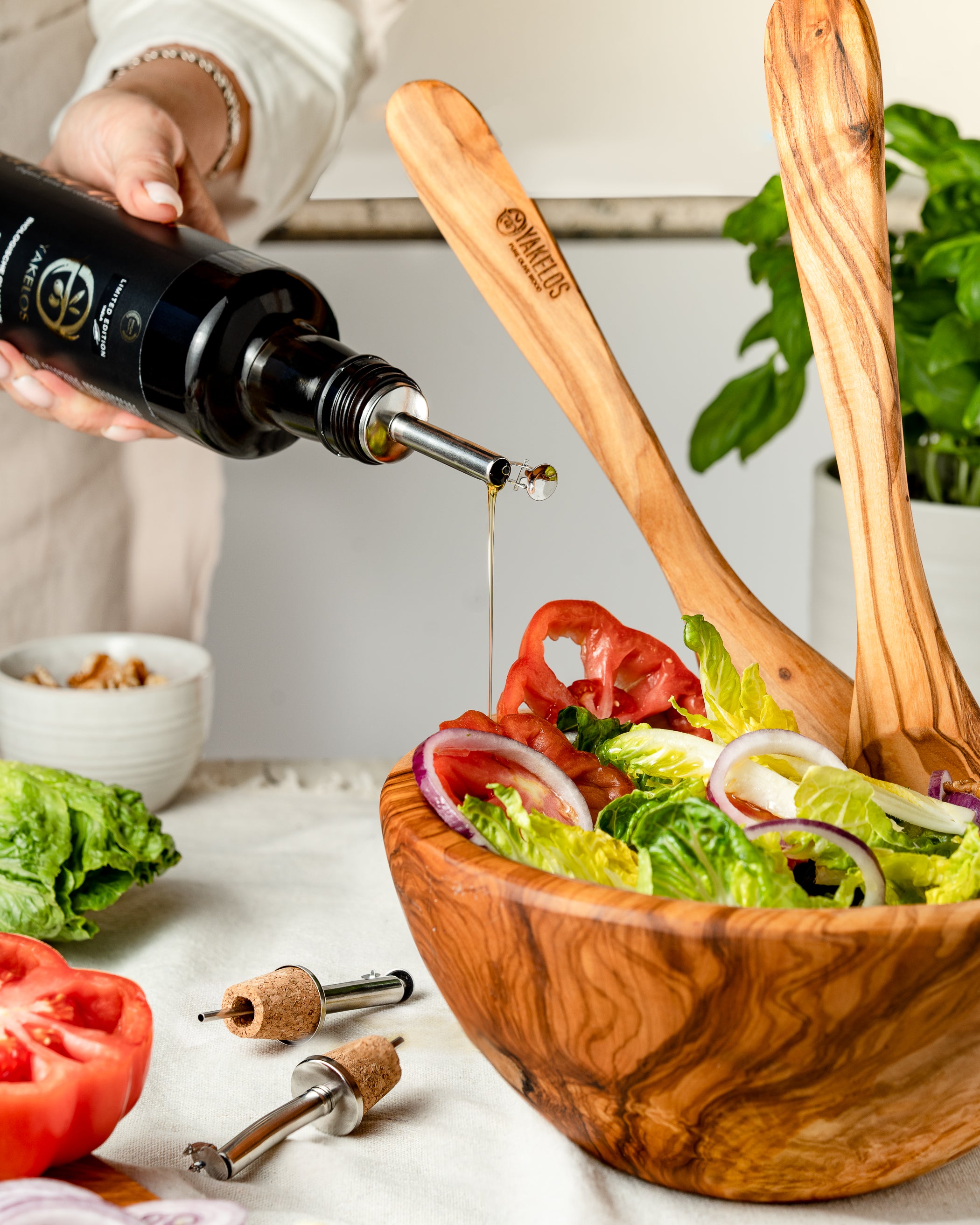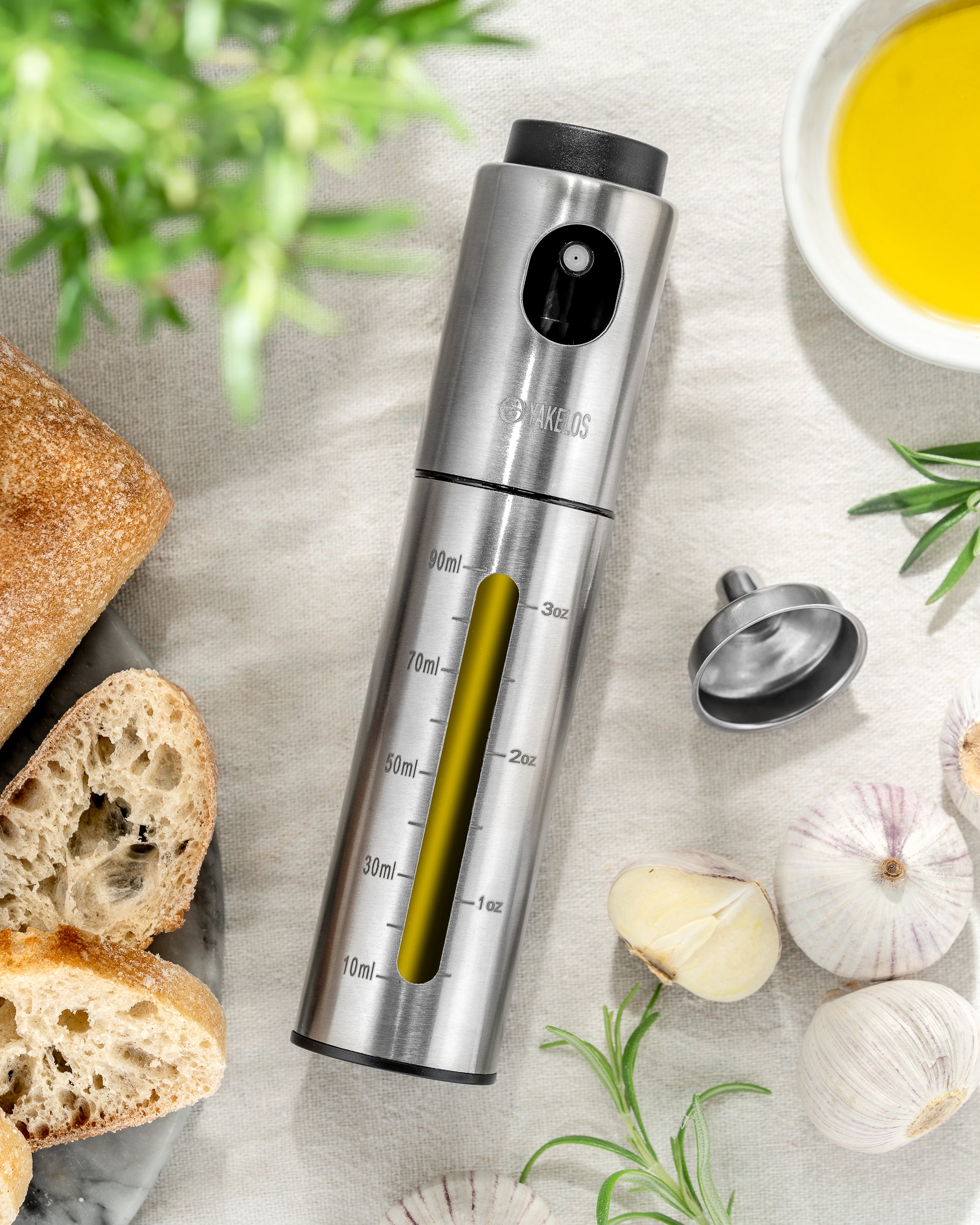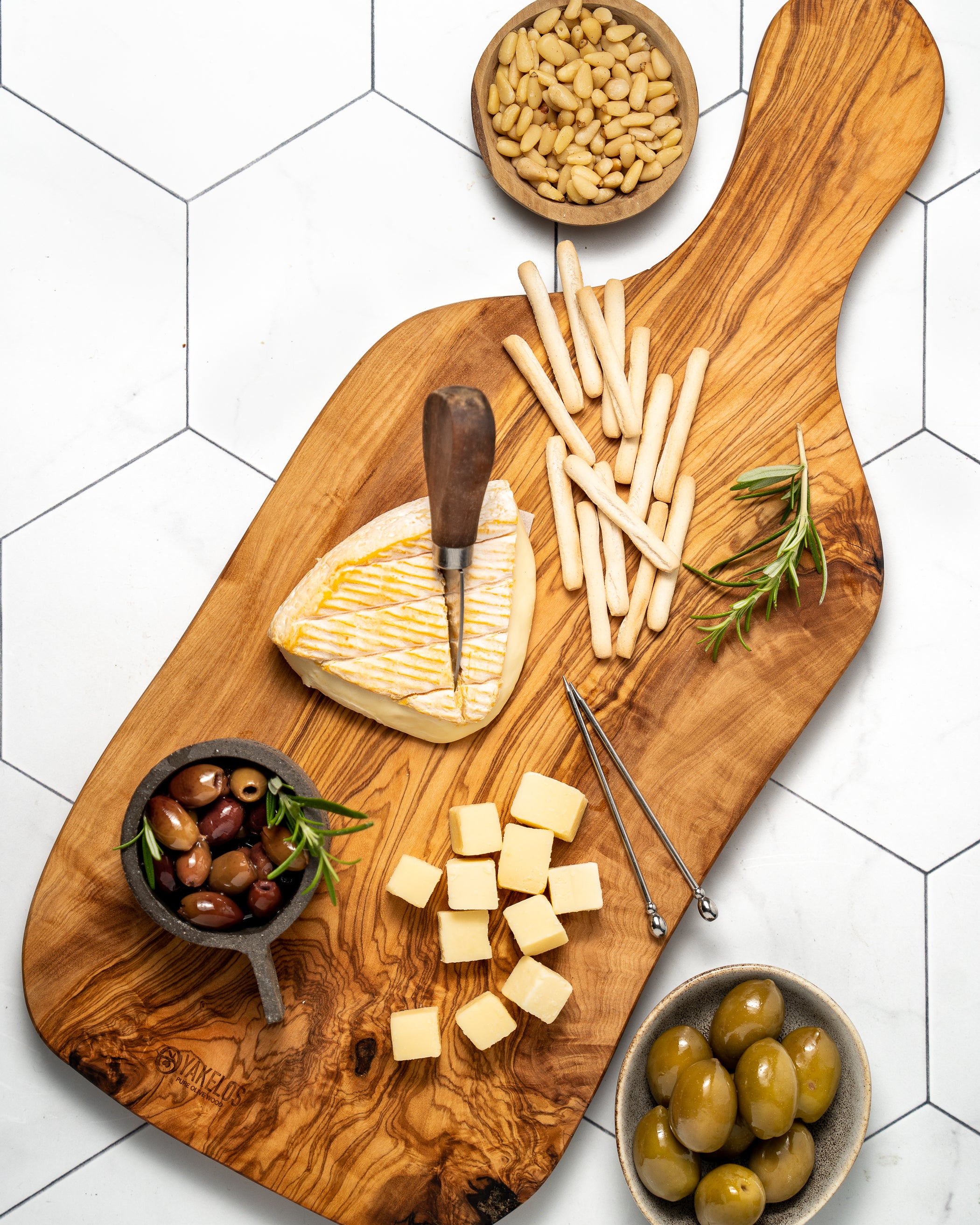 |
|
[Image courtesy of De KaaZaak in Bleiswijk] |
No, we're not talking about Stracciatella ice cream this time, but about the cheese of the same name. Stracciatella is a soft Italian cheese that is traditionally produced in Foggia, a province in the southern region of Apulia.
To brush up on your Italian: stracciatella is a diminutive derived from the verb stracciare which means 'to tear' or 'to shred' and it explains the production process.
Stracciatella is a lesser-known brother of Mozzarella and Burrata. Traditionally, all three are made from buffalo milk and are then given the designation di bufala . Nowadays, you can also find versions made from fresh, creamy cow's milk and then it receives the Italian term fior di latte ('cream of milk').
Stracciatella di bufala is made from small pieces of curd that are stretched. This creates a somewhat fibrous fresh cheese, mixed with soft full cream. Stracciatella does not have a (soft) rind, like Mozzarella.
It is a delicious cheese to serve as a starter. You can simply serve Stracciatella with some salt, pepper and a generous dash of extra virgin olive oil.
In Italy, this soft cheese is often combined with prosciutto, extra virgin olive oil and some old bread. But Stracciatella also comes into its own perfectly over or through a salad.
Because Stracciatella has no protective skin, this cheese has a very limited shelf life in the refrigerator. In the Netherlands, you will hardly find real Italian Stracciatella on your plate. Restaurants therefore use Burrata as a replacement (see image above), but that cheese is also so delicious that it is no punishment.
So you see: Dolce vita is actually in the little things in life.




